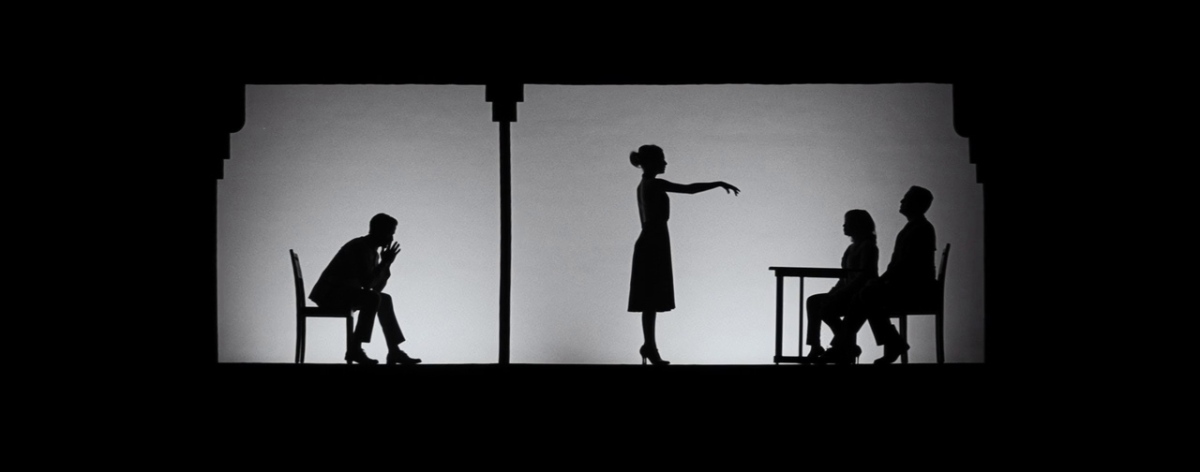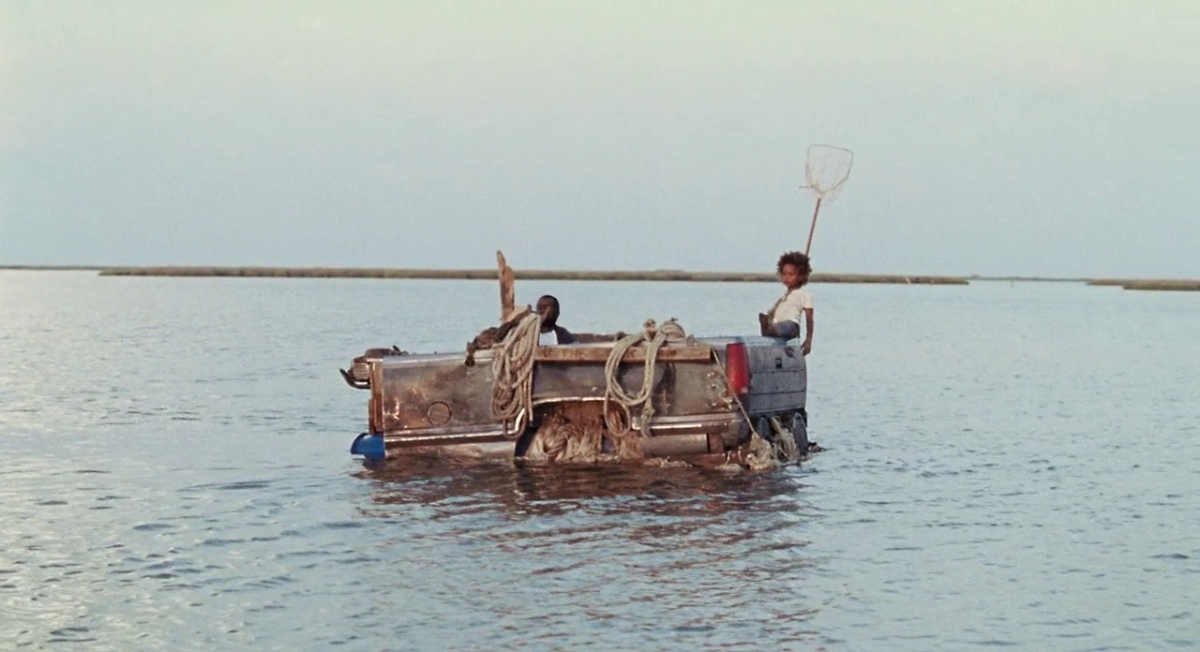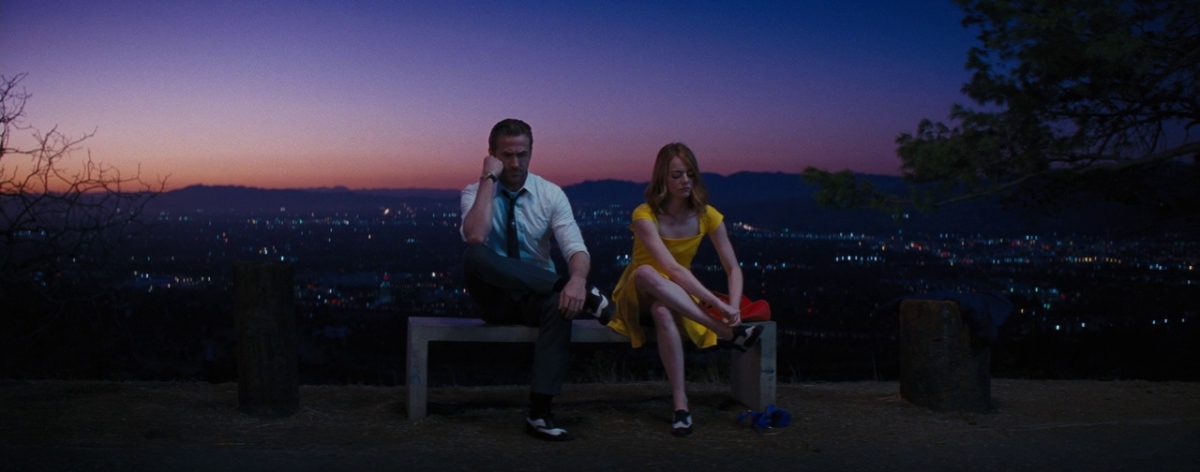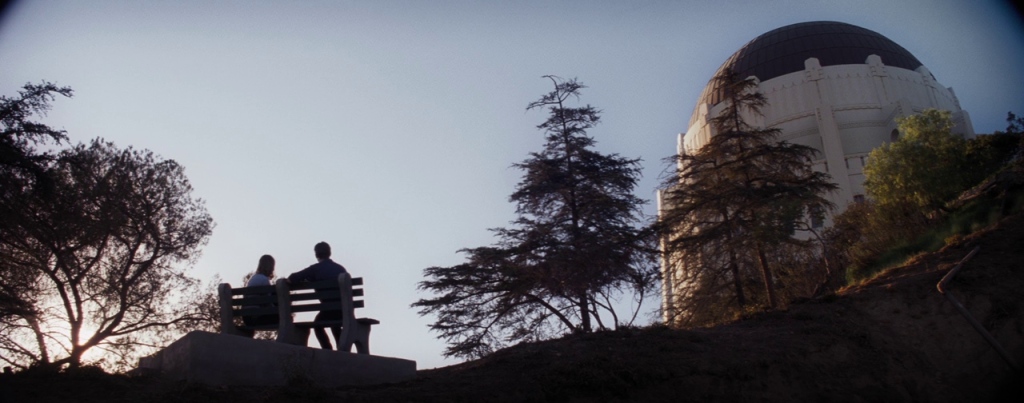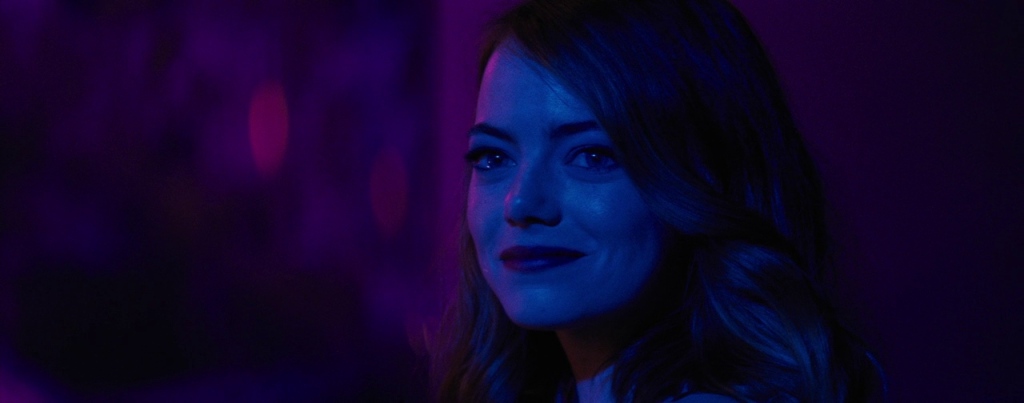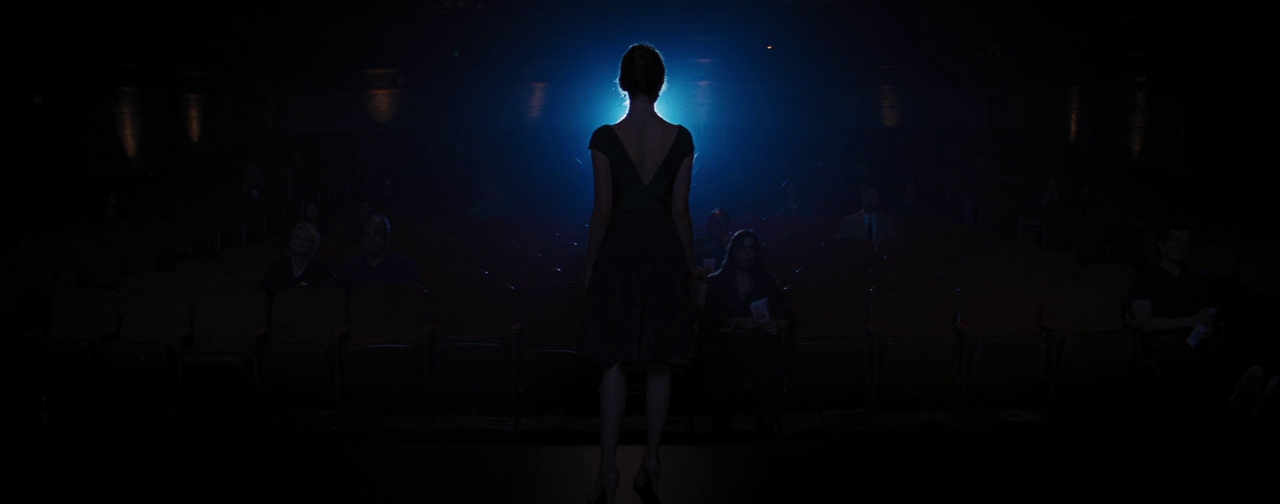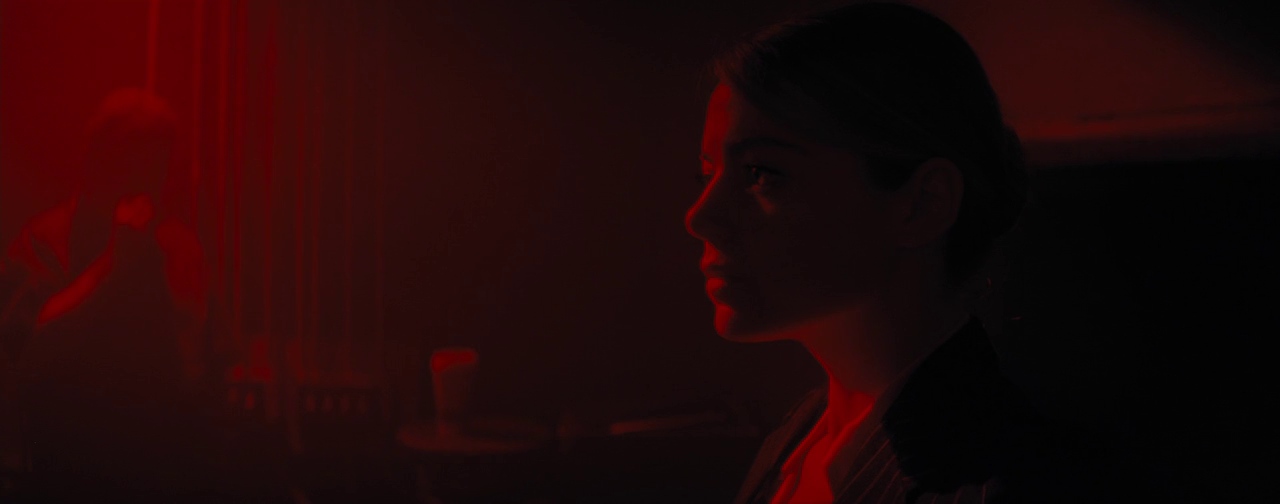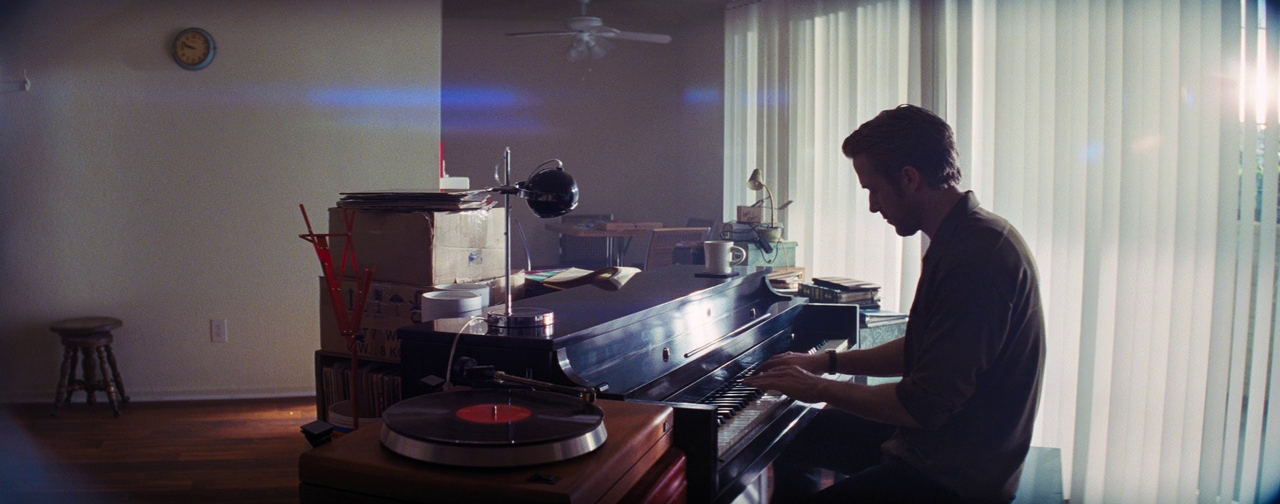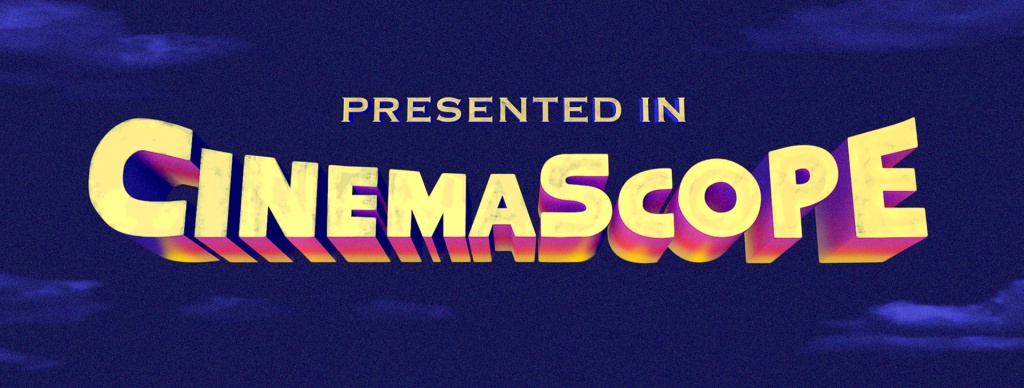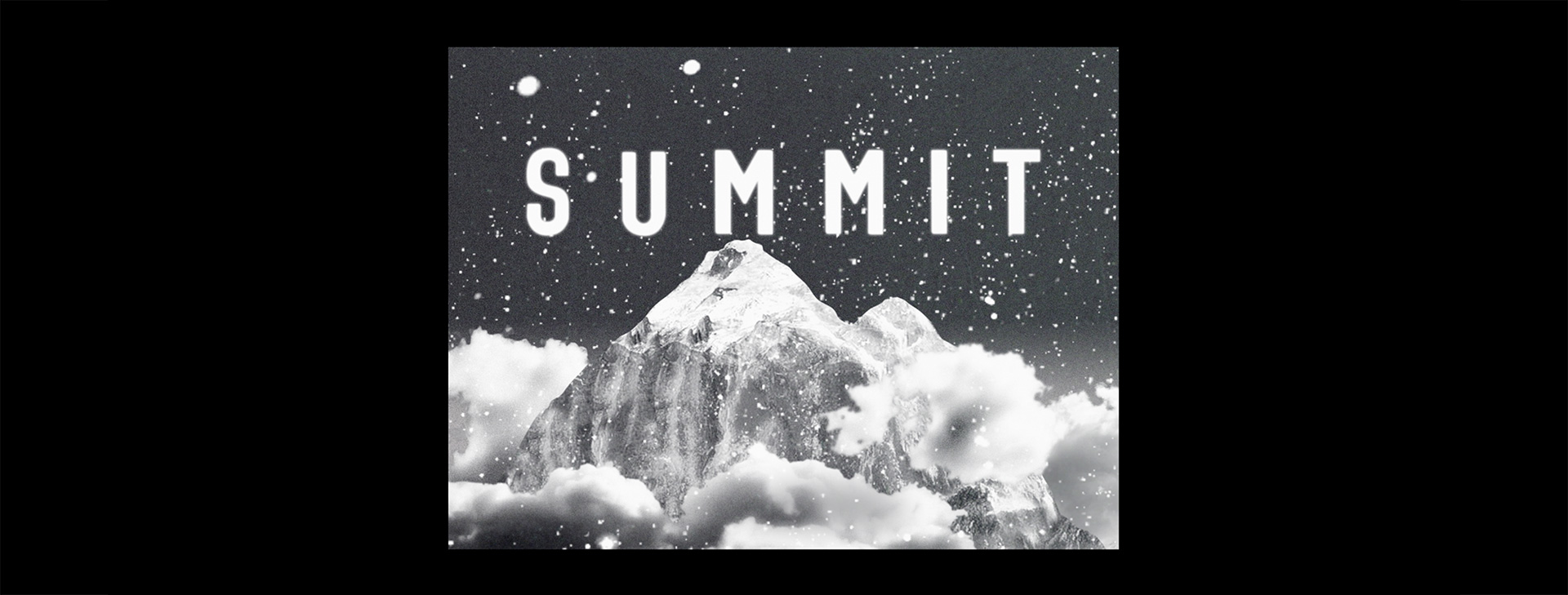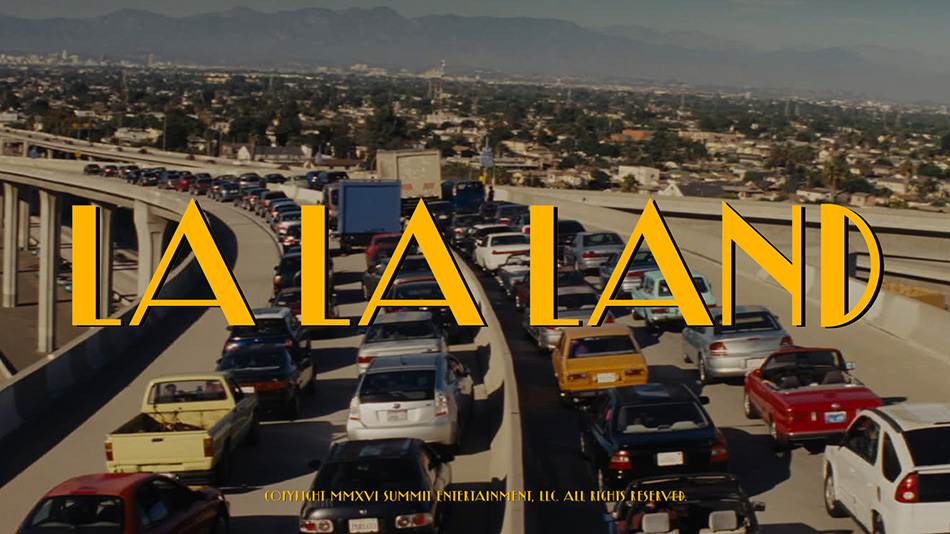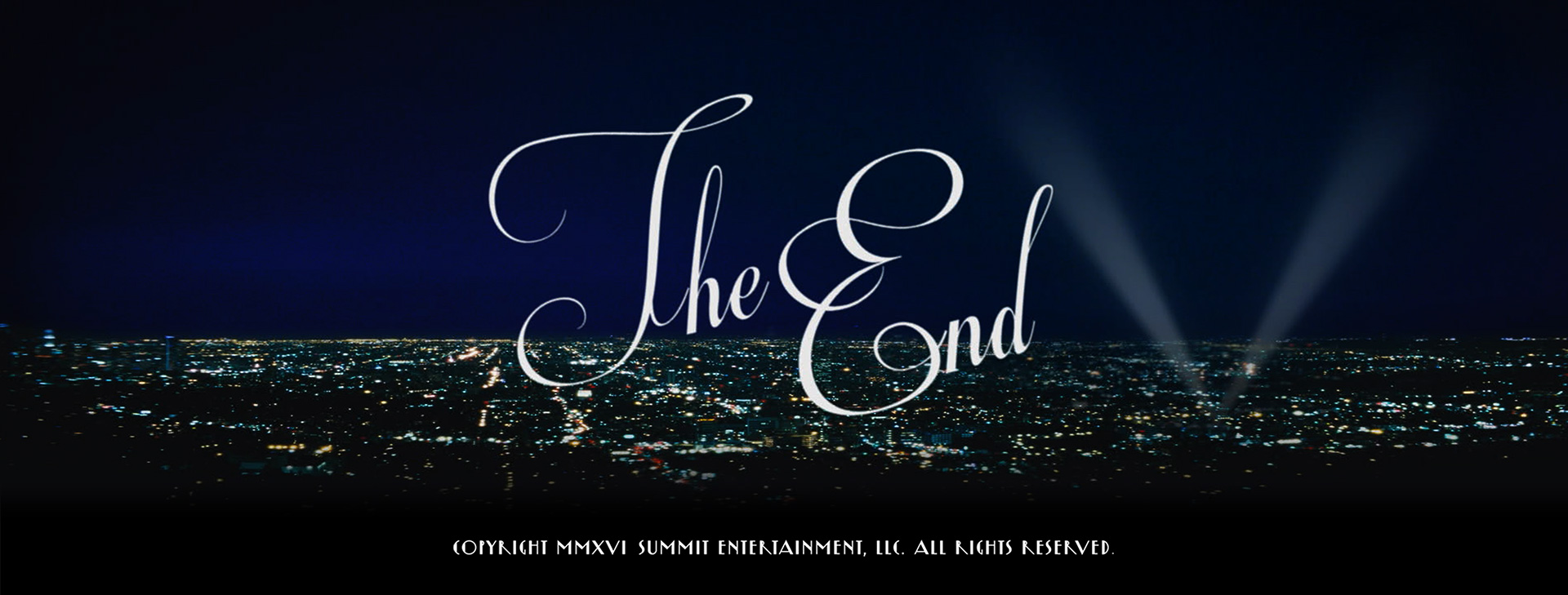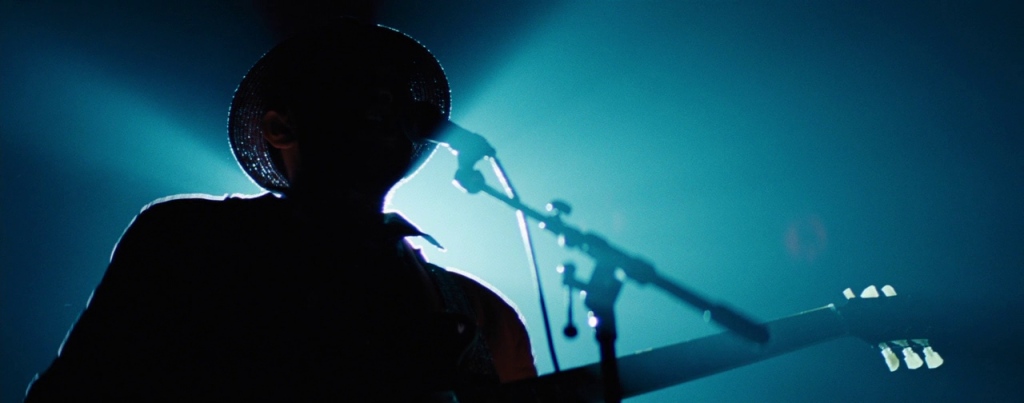Ideology is the values and beliefs of a big proportion of the population, which can be seen as part of the ideological framework of our culture. These specific values and beliefs that shape the way that they perceive the world might not always be in line with the wider values of society. A film also has an ideology that it follows, whether that s good or bad.
Ideology works on two levels; audience ideology, which is what we expect from a film, and the presentation of explicit world views by directors. Structured ideologies refer to the beliefs of groups and how they view the world. For example, Christianity versus Atheism. The media is viewed as another type of ideology, one that encompasses multiple ideologies within it. It acts as a form of communication between people of similar and different beliefs as well as something that can inform one’s cultural ideologies. The role of the media is to not construct ideologies, as that could be dangerous if ‘done wrong’. Instead, the role of the media is to communicate and convey ideologies that are pre-constructed.
Beasts of the Southern Wild is an independent, or ‘indie’, film; meaning that it prioritises art over money and is not backed by a Hollywood studio. The film is set in a place known as the ‘Bathtub’, an island in Louisiana that is sinking due to the ice caps melting. While there are fantasy elements to the story, it is quite heavily based on reality. The sinking state has displaced many people from their homes along the coast, which is shown in the film. The film was inspired by the Hurricane Katrina aftermath in 2005; the director said “I live in New Orleans and was interested in telling a story about people who are staying in South Louisiana and why they’re holding on. I wanted to celebrate that impulse to stand by this place, despite its dangers or flaws.” Producer Michael Gottwald says, “We’re dedicated to making films as a community about communities on the edge of the world. Limitations are motivating forces for us. We love to bust through challenges.”
The film also idealises and romanticises the lives of those living in poverty, along with its quite forgiving portrayal of child abuse, which is mildly problematic. Often Wink tries to encourage Hushpuppy to be strong by calling her a man, Wink says “you gonna be the last man in the bathtub”. He would also get angry at her for crying and also said that weakness and emotions are “just a side effect of being a stupid little girl.” In the film, there is a dam of sorts called the Levee dividing the two areas. This dam acts as a physical barrier between different social groups.
La La Land is the second film by director Damien Chazelle, the first being Whiplash (2014) which was made to get a bigger budget for when he would eventually film La La Land, his dream project. Whiplash was produced with a budget of $3.3 million and gained over $49 million at the box office. This provided Chazelle with the credit and security to be trusted with the much larger $30 million budget for La La Land; which eventually earned $449 million at the box office. La La Land, a lot like Chazelle’s previous film Whiplash, follows the story of struggling artists trying to balance their dream with everyday life. For example, at the end of La La Land, both Mia and Seb achieve their dreams but have lost each other in the process. This is also foreshadowed in the opening musical number, ‘Another Day Of Sun’; in which a romance is abandoned to pursue one’s dream.
One criticism of the film is that there is a lack of people of colour in it. This is quite obscure as jazz is an African-American invention, and there is only one African-American speaking role in the film, Keith, who is corrupting the purity of jazz and selling it out to commercialism. Los Angeles is a very diverse city, featuring large African-American and Latino communities, which is why it is strange that so few roles were given to people of those ethnicities.
This film seems apolitical, mainly escapist entertainment; however, the focus of ‘returning to the past’ and featuring very few people of colour and no members of the LGBTQ+ community does seem problematic. While I feel there was no intention to exclude minorities that have and still are discriminated against when making this film, the inaction to diversify the cast to an inclusive amount is wrong nonetheless.
Another criticism of the film is of how it presents gender. In the film, Mia is presented as quite a passive character, with the plot often being moved along by her male partner Seb. He is the person to tell her to write her own play, he gets her to like jazz and then gets her to go to the audition that starts her career at the end of the film. But, Mia is the most successful of the two characters by the end of the film; however, she did chase after that success because of a man.
Both films do present explicit ideologies, for different reasons and to different effects, whether they were intentional or not.

